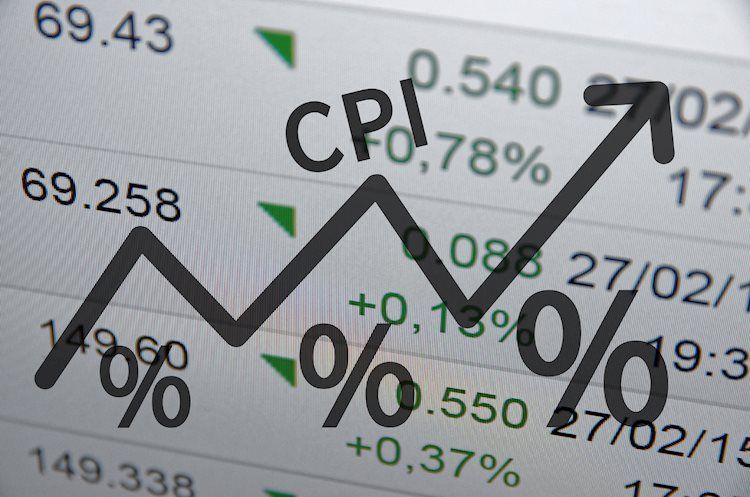In September, the US Consumer Price Index (CPI) inflation numbers surprised markets by falling less than expected on an annual basis, with core CPI inflation actually increasing over the same period. This unexpected result caused a stir in the market, as investors were hoping for inflation figures to continue falling towards the Federal Reserve’s target of 2% annual inflation. The impact of this unexpected inflation print was felt across the board, affecting risk appetite in the market.
CPI inflation is a key indicator of the month-on-month changes in consumer prices for a variety of goods, representing a significant portion of the overall consumption economy. While the CPI index does not include price information for rural residents and focuses on urban goods, it still captures approximately 93% of the US population. Given that controlling inflation is a major part of the Federal Reserve’s mandate, CPI inflation plays a crucial role in guiding market expectations for potential changes in the Fed funds rate based on inflation targets.
Following the hotter-than-expected CPI inflation numbers in September, investors are now looking to other economic data to gauge any signs of weakness that could prompt the Fed to increase the pace of rate cuts before the end of the year. Labor market weakness is seen as a potential trigger for further rate cuts, but an over-correction in these areas could lead to fears of a recession in the US economy. This leaves investors in a delicate position, hoping for enough economic soft spots to prompt rate cuts without causing a full-blown recession.
The Consumer Price Index ex Food & Energy (YoY) serves as a key indicator of inflationary or deflationary tendencies by comparing the prices of goods over a year. This data is compiled monthly by the US Department of Labor Statistics and excludes volatile food and energy prices to provide a more accurate measurement of price pressures. A high reading on the CPI index is typically bullish for the US Dollar, while a low reading is considered bearish.
The Federal Reserve plays a crucial role in shaping monetary policy in the US, with a focus on achieving price stability and full employment. Through adjusting interest rates, the Fed aims to control inflation and promote economic growth. In times of high inflation, the Fed may raise interest rates, leading to a stronger US Dollar. Conversely, lower interest rates are used to stimulate borrowing and economic activity, which can weigh on the value of the Greenback.
During its eight policy meetings each year, the Federal Open Market Committee (FOMC) evaluates economic conditions and makes monetary policy decisions. In extreme situations, the Fed may implement Quantitative Easing (QE) or Quantitative Tightening (QT) as non-standard measures to address financial crises or low inflation. QE involves increasing the flow of credit in the financial system by purchasing bonds, while QT involves reducing these bond purchases. These policy measures can have varying impacts on the value of the US Dollar, depending on the prevailing economic conditions.











